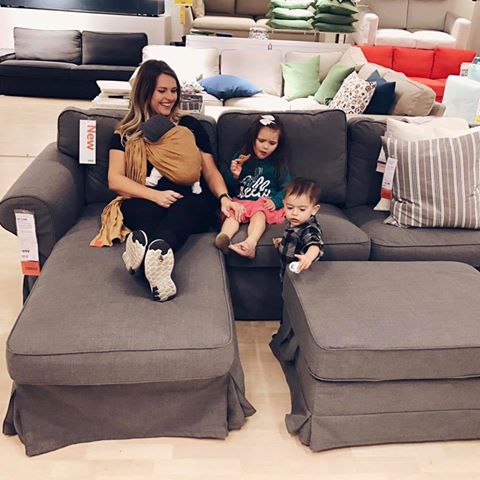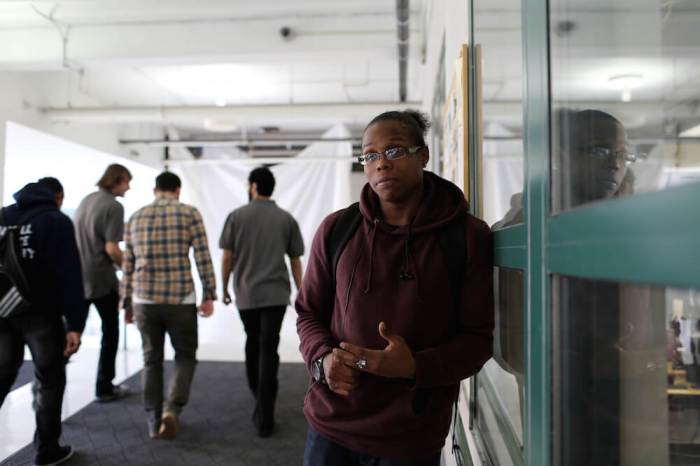A trip to Ikea nearly turned into a scene from “Taken” forDiandra Toyos.
The Southern California woman had her three children in tow and was with her mother as they hunted for a new couch. As the family tested out models, Toyoscouldn’t shake the feeling that something just wasn’t right. After a few minutes shopping Toyosnoticed a well dressed, middle-aged man circling the area, getting closer to her and her children.
“He occasionally picked something up, pretending to look at it but looking right over at us instead,” Toyos said, recounting the experience in a viral Facebook post that has been shared more than 16,000 times.”My mom noticed as well and mentioned that we needed to keep an eye on him. We moved on…and so did he. Closely.”
With her 7-week-old strapped to her, Toyos and her mother kept a sharp eye on her more mobile 4- and 1-year-old children.
Toyos said the man continued to stay close, watching her family and before long he was joined by another man, also well dressed, but younger. At this point, Toyos said she had a “gut feeling” something sinister was going on. She worried they were trying to get their hands on her children.
Toyos and her mother sat in one of the display rooms for close to 30 minutes, she said, in the hopes of shaking the strangers. But they sat, too, she recounted. She said the men sat on a display couch, directly facing Toyos and her family.
“That was when we knew our gut feeling was right and something was off,” she said. “They sat the whole time we sat, and stood up right as we got up. We continued on and my mom turned around and realized the two men had moved and were sitting only one couch away from each other, still facing our direction,” she said.
At this point Toyos and her mother were able to slip away from the men and get to a security desk. Toyos admits she might sound paranoid, but she said she is “almost sure” that her family was the target of human traffickers.
“This is happening all over. Including the United States,” she wrote.
But is it happening all over? Metro spoke withJosh Mamis of Love 146, which fights against human trafficking, to find out more.
Last year in the U.S. 465,000 children were reported missing, according to the National Center for Missing and Exploited Children. Stranger abductions accounted for less than 1 percent of those cases.
“Obviously we weren’t there, so we can’t really speak to this indivdual experience, but we can say is that this is not our experience of how trafficking normally occurs,” Mamis said.
That’s not to say parents should let their guard down, they shouldn’t Mamis said, but Mamis said society as a whole should be more aware of what the realities of human trafficking really look like.
Billboards picturing images of children in chains and blockbuster movies have sensationalized public perception of what kidnapping and exploitation look like. In reality, traffickers are much more likely to be a family member, someone they’ve met online or elsewhere who fosters a relationship and builds trust over time, called grooming.
Most children who are victims of exploitation are children who would otherwise be considered “at risk,” Mamis said. According to statistics, 27 percent have a family member who is in jail, 33 percent have lived with domestic violence, 32 percent have been physically abused, 69 percent have been sexually abused.
Children who become victims of exploitation and trafficking aren’t always taken in the traditional sense and locked away, sometimes it’s much less obvious, Mamis said. And when stories of stranger abductions and sensationalized in the media, it can lead to confusion for victims, who can’t classify their experiences through that lens.
It can also make people less aware of what they should really be looking out for, Mamis said.
Parents and caregivers can find more information about the signs of grooming and other risk factors online on Love 146‘s website.























